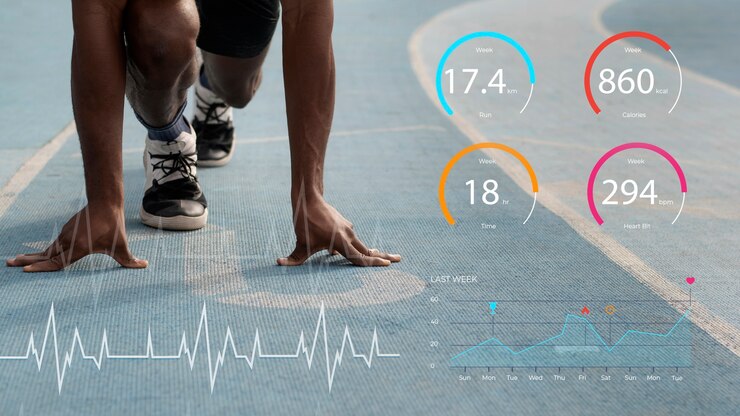In sports, athletes and coaches are always on the lookout for new ways to boost performance and prevent injuries. While nutrition and advanced equipment have their place, an emerging concept known as Sports Harmonicode is beginning to make waves. This approach offers a fresh perspective on achieving peak physical condition and efficiency.
Sports Harmonicode combines biomechanics, physiology, and neurology insights to improve athletic performance. It focuses on understanding the body’s natural rhythms and aligning them with an athlete’s movements for enhanced performance. Let’s explore this concept and how it could revolutionize sports.
What Is This Concept?
At its core, this approach examines the body’s intrinsic patterns of movement and energy. These patterns, or “harmonic codes,” guide every athlete’s action. By decoding these rhythms, athletes can improve their efficiency and performance.
This concept draws from:
- Biomechanics: How the body moves and how forces affect it.
- Physiology: Internal bodily functions such as heart rate and metabolism.
- Neurology: The nervous system’s role in muscle activation and movement.
The goal is a harmonious connection between the mind and body, resulting in fluid and effective performance.
How It Works
The human body operates on various natural rhythms, such as breathing patterns and heart rate. When these rhythms are in sync with an athlete’s movements, they often achieve a state known as “flow,” where performance seems effortless.
Here’s a breakdown of how this approach can be applied:
- Identifying Patterns: Athletes have unique movement patterns. Tools like motion capture and heart rate monitors help identify these patterns.
- Optimizing Movements: With patterns identified, athletes can refine their technique to improve efficiency and reduce energy wastage.
- Enhancing Mental Focus: Techniques like mindfulness and visualization help athletes maintain focus and enter the flow state.
- Custom Training Programs: Personalized programs are designed based on the athlete’s specific needs, targeting weaknesses and enhancing strengths.
- Progress Monitoring: Tracking metrics such as heart rate variability and movement efficiency allows for adjustments in training.
The Science Behind It
Scientific research supports the principles of this approach. Studies have shown that athletes who align their movements with physiological rhythms perform better. For instance, a study in the Journal of Sports Sciences found that athletes who synchronized their breathing with their activity levels had better endurance.
Research in neurology also supports the idea. Athletes who regulate brain activity related to focus and relaxation are likelier to achieve peak performance. Biomechanical studies confirm that efficient movement patterns can prevent injuries and reduce fatigue.
Applications Across Sports
The principles of this concept are versatile and applicable to various sports:
- Running: Runners can improve speed and energy efficiency by fine-tuning stride length and cadence.
- Swimming: Swimmers can enhance stroke efficiency and body positioning by syncing their movements with water resistance.
- Team Sports: In soccer and basketball, improved mental focus and movement patterns can lead to better decision-making and performance.
- Combat Sports: Fighters benefit from synchronized footwork and strike timing, enhancing control and endurance.
- Golf: Golfers can achieve a consistent swing and improved shot accuracy by aligning their movements with mental focus.
Benefits
Implementing this approach can offer several benefits:
- Enhanced Performance: Optimized movement patterns and natural rhythm alignment lead to better results with less effort.
- Injury Prevention: Improved movement efficiency reduces the risk of injuries and extends an athlete’s career.
- Increased Focus: Techniques for mental focus enhance performance under pressure.
- Faster Recovery: Efficient movement and rhythm alignment aid quicker recovery between sessions.
- Customization: Personalized training programs address individual needs, leading to more effective results.
The Future of This Approach
While still emerging, this concept has the potential to transform athletic training. As technology advances, devices that monitor physiological and movement patterns will become more accessible, allowing athletes to fine-tune their performance.
The integration of this idea into traditional sports science could lead to innovative training methods and improved results. By focusing on the harmony between mind and body, athletes may achieve new levels of performance and efficiency.
Conclusion
This approach offers a novel way to enhance athletic performance. By aligning the body’s natural rhythms with movements, athletes can optimize efficiency, prevent injuries, and improve mental focus. As this concept evolves, it promises to revolutionize how sports are played and how athletes train.
Embracing this holistic approach could lead to significant advancements in sports science, paving the way for better training methods and enhanced performance across all levels of competition.
